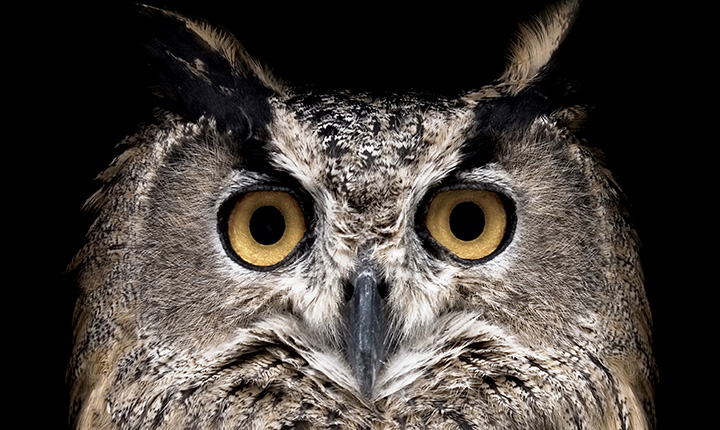BIOL*3670 - Introduction to Wildlife Rehabilitation
Course Description

This course focuses on Canadian wildlife and ways to mitigate various human-animal interactions. There will be a specific emphasis on wildlife rehabilitation: its benefits, risks (to humans and animals), ethical concerns, principles of stabilization of sick and injured animals, and other key areas for consideration. Common presentations and underlying reasons for sick and injured animals that are admitted to a rehabilitation centre are presented. Whether in a wildlife centre or in the field, understanding important physiological differences between species and how to stabilize animals for subsequent treatment by a permitted rehabilitator or a wildlife veterinarian are discussed.
Learning Outcomes
By the end of the course, the learner should be able to:
- Explain of the goals of wildlife rehabilitation and accurately interpret regulations and permits required to rehabilitate animals
- Compare key anatomic and physiologic differences among mammals, birds, and reptiles
- Describe of the ethical, animal welfare, and economic influences in wildlife rehabilitation
- Interpret ways whereby wildlife rehabilitation encompasses individual, population, and ecosystem health
- Effectively communicate common reasons that wildlife are admitted to rehabilitation centres
- Synthesize data to draw conclusions on how various species defend themselves and how to maximize human safety
- Discuss ways to mitigate the negative impacts on wildlife from various human-wildlife encounters
Course Topics
- Goals of wildlife rehabilitation
- Common reasons animals are admitted to rehabilitation centres
- Regulations & permits
- Working with veterinarians
- Species at risk
- Ethical, animal welfare, and economic influences in wildlife rehabilitation
- Introduction to basic comparative anatomy & physiology of wildlife commonly admitted to rehabilitation centres
- A few common illnesses and diseases in wildlife presented to rehabilitation centres
- Perspectives from wildlife rehabilitators
- Natural history and taxonomic review of a few of the common wild animals presented in wildlife rehabilitation
- Principles of triage and stabilization
- Stress in wildlife
- Nutrition and wildlife
- Safe handling of wildlife
- Husbandry
- Mitigating negative impacts from human-wildlife interactions
- Releasing wild animals
- Assignment Process formulation – working in groups
Additional Requirements
Prerequisites: 1 of ANSC*2340, BIOL*2060, BIOL*2400, ZOO*2090
Assessment
| Assessment Item | Weight | Learning Outcomes |
| Online Quizzes (5 @ 2% each) | 10% | 1-5 |
| Online Discussion Participation (3 unit discussion exercises @ 3% each) | 9% | |
| Presentation and Report | 21% | 1-7 |
| Participation in Presentation, Report Preparation & Presentation Discussion | 10% | 1-7 |
| Midterm Exam | 15% | 2, 3, 5 |
| Final Exam | 35% | 1-7 |
| Total | 100% |
Note:
Additional Technical Requirements
This course will use the following:
- Respondus tool to invigilate one or more exams.
Please view the Technical Considerations.
Technical Requirements
You are responsible for ensuring that your computer system meets the necessary system requirements. Use the browser check tool to ensure your browser settings are compatible and up to date (results will be displayed in a new browser window).
*Course details are subject to change.

